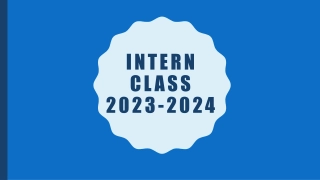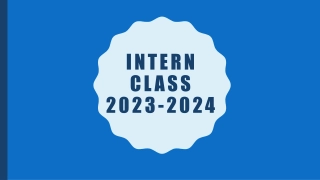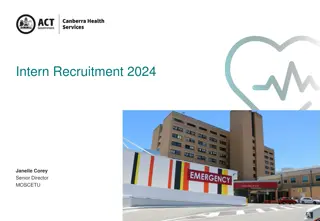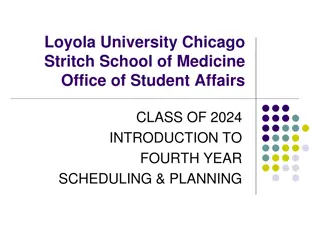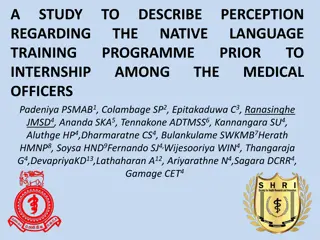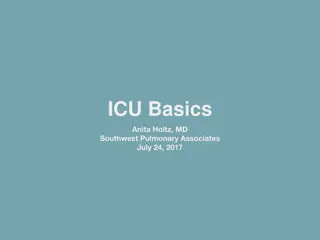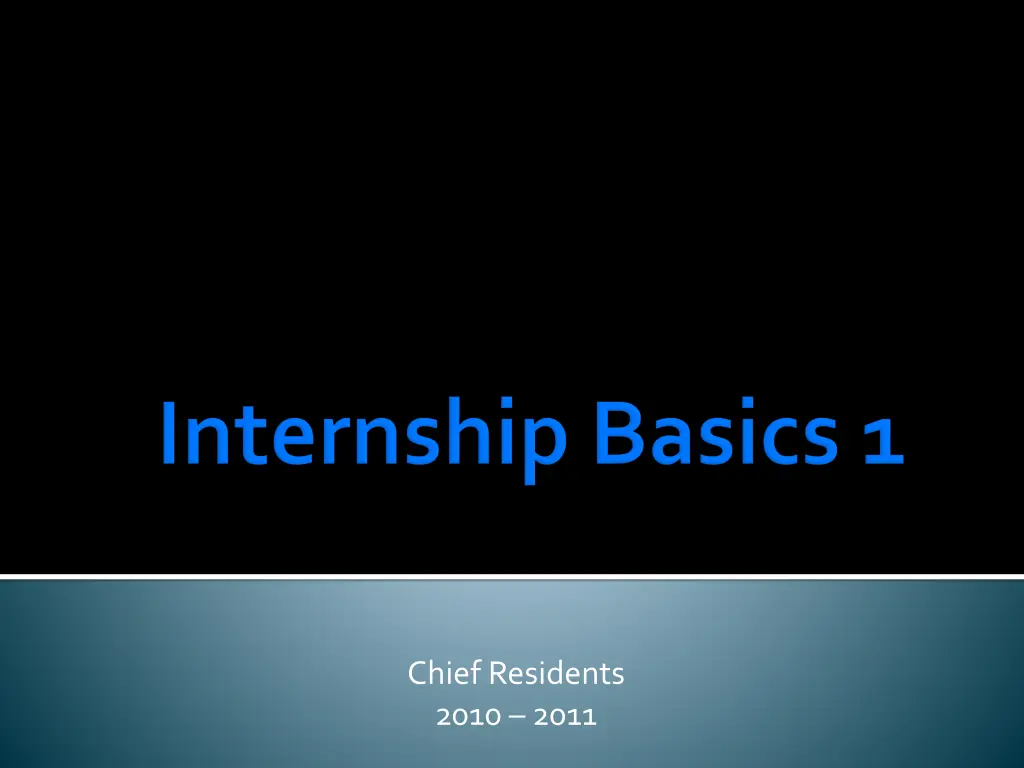
Medical Chief Resident Duties and Responsibilities
Discover the essential tasks of medical chief residents, from overseeing admissions and vital signs trends to managing urgent follow-ups and collaborating with healthcare teams. Gain insights into antibiotic management, temperature checks, and effective communication protocols for optimal patient care.
Download Presentation

Please find below an Image/Link to download the presentation.
The content on the website is provided AS IS for your information and personal use only. It may not be sold, licensed, or shared on other websites without obtaining consent from the author. If you encounter any issues during the download, it is possible that the publisher has removed the file from their server.
You are allowed to download the files provided on this website for personal or commercial use, subject to the condition that they are used lawfully. All files are the property of their respective owners.
The content on the website is provided AS IS for your information and personal use only. It may not be sold, licensed, or shared on other websites without obtaining consent from the author.
E N D
Presentation Transcript
Chief Residents 2010 2011
Sign Out from Night Float and AM Admissions Trend Vital Signs Trend Labs Make sure orders are in the system (labs and meds) Renew medications that are needed and are scheduled to expire See Sicker Patients First See AM admissions
Subjective/Objective Assessment and Plan Must be separated DO NOT copy and paste Brief and concise Will reflex Team s Assessment and Plan
Check Attending Notes and Consult notes Trend VS and Labs; make sure needed labs are done and addressed Order labs needed for follow up later Clear Inbox Discuss Cases with Residents Update electronic Sign outs Daily
Needed urgent Follow up, VS and Labs. No procedures should be sign out Nothing that wasn t done because of lack of time should be sign out. It should be done by the team before sign out. No NG Tubes, No LP, no routine lab work before PM draw should be sign out.
Team on call must come to all CAC RRT team available: SMR, ICU nurse, Resp. Therapist, Pulm-CC Fellow Leader: SMR Fellow Primary Team should be notified and should come to bedside
Temp > 100.4 Check Temperature Trend Antibiotics Microbiology Vital Signs: Blood Pressure -HR Work Up Blood Culture x 2 Urinalysis and Urine Culture Chest X-ray
Management Start Antibiotics if signs of SIRS -Sepsis Broaden Ab coverage if already in antibiotics Follow up Notify Resident Team if Covering Pneumonia, UTI s, Peripheral and Central Line Infections
Check Prior Microbiology Check orders to determine if patient is on Antibiotics already How many tubes are positive Start antibiotics Gram Positive Gram Negative Notify Resident or Team Contact Isolation if needed
Patient on Antibiotics that develops Diarrhea Work up: Stool Studies: Stool Leukocyte, culture, O and P and C. Diff Antigen WBC count Abdominal Exam Management: Flagyl 500 mg IV PO q 8 hours Vancomycin 250 mg PO q 6 hours Vancomycin 250 mg PR 1 6 hours Contact Isolation
Goal 3.5 4.0 (cardiac patients) 1 mEq/L drop is = to 200 mEq total body loss Management: (10 mEq of KCl PO or IV will increase K 0.0 0.2 average 0.1) KCL PO tablets and liquid : 10, 20, 40 mEq KCL IV 10 mEq in 1 hour; up to 3 runs Follow up: Potassium Level 3 4 hours after repletion Magnesium Level
Etiology DM Type 4 RTA Medications ACE, ARB, Bactrim, Heparin Diet Renal Failure EKG Manifestations Peaked T waves, Increased PR interval, increased QRS width, sine wave pattern, PEA
Level: 5.1 6.0 Kayexalate 30 g PO Low K diet EKG Follow up labs, Creatinine Discontinue medications
Level: > 6.0 EKG, Telemetry Kayexalate 30 90 g PO Lasix 40 80 Lasix IVSS Calcium Gluconate 1 -2 amps IVSS Sodium Bicarbonate 1 3 amps IVSS Regular Insulin 10 units IVP + 2 amps of D50 w (caution in pts. with renal failure) Hemodyalisis Most Follow up repeat labs
Goal > 2 Associated with K balance Check always with HypoKalemia must replete Mg with K Management: Mg Sulfate 1 3 g IVSS in D5 or NS (up to 6 g in 4h) Mg Oxide Mg Gluconate PO tabs EKG QT prolongation!
Goal > 3.5 Hypo-Phosphatemia < 2: Na Phosphate or K Phosphate: 10 mEq/100 ml(3 mmol/ml) 2 3: NeutraPhosp Packets or Tabs 1 2 PO qd qid (250 mg Phos each tab) Hyper-Phosphatemia Usually associated with renal disease Sevelamer (Renagel), Calcium Acetate (PhosLo)
Basal Insulin: NPH, Lantus (adjust to patients requirement of regular insulin) Type I: 0.5 0.7 units/kg/day ( as basal prandial) Type II: 0.4 1 units/kg/day Regular Insulin Sliding Scale q 4 hours 150- 199: 1 2 units 200 249 2 4 units 250 299 3 7 units 300 349 4 10 units > 349 5 12 units
Check Chemistry: Diabetic Ketoacidosis Hyperosmolar Diet Normal Saline IVSS
Etiology Decrease PO intake Insulin Excess Renal Insufficiency Early signs of Sepsis Management Orange Juice with sugar; Candy D50 IVP D10 drip; Glucagon Check Mental Status Follow up Fingersticks closely Decrease Insulin
Pocket Medicine: The Massachusetts General Hospital Handbook of Internal Medicine. Sept 2010. Tarascon Pocket Pharmacopeia Tarascon Internal Medicine and Critical Care Pocket Book Sanford Guide to Antimicrobial therapy John Hopkins Antibiotic guide Online Epocrates


